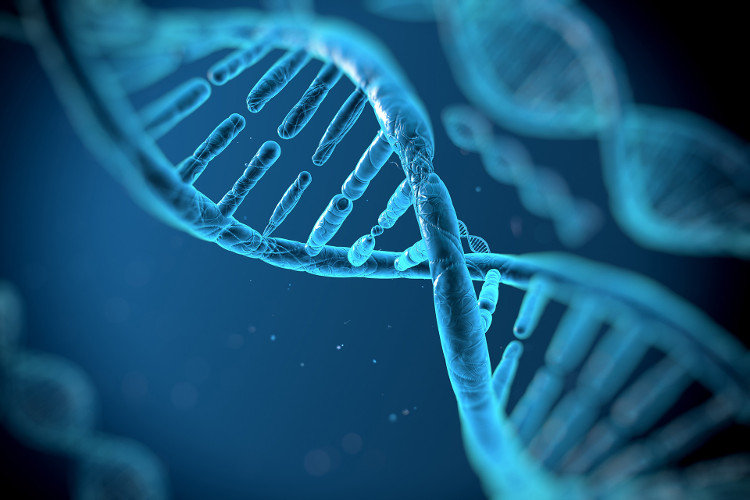Successful HIV virus isolation test, promising to completely cure this disease
With genetic modification technology, science is helping people to get closer to the treatment of HIV / AIDS.
A group of researchers at Temple University Lewis Katz School of Medicine has successfully removed the HIV-1 gene from the genome of mice and rats.
Professor Kamel Khalili, head of the research team, said: "In a scientific study proving the concept, we have shown that genetic modification technology can be carried out on many organs on two animal models. small ruler and cut out the fragments of viral DNA from the genome on host cells " . The results of successful experiments in mice have opened up hope for the medical industry that a day away from genetic modification technology can completely eradicate deadly viruses in humans.

Currently, the course of HIV treatment depends on the antiretroviral drug or ART.(Illustration).
As you know, the current course of HIV treatment depends on the antiretroviral or ART (the drug has been used to prolong the lives of people infected with HIV, while limiting the transmission of HIV). This dangerous virus).
Although this drug can prevent viral proliferation, this is not a complete cure. Specifically, Temple University researchers pointed out: "When HIV treatment with intermittent ART, the process of cell division of HIV continues and causes the disease to develop into distress syndrome. Acquired immunodeficiency (AIDS) ". However, if medicine is able to completely remove the virus from the human genome, then the scientists will eventually study a comprehensive solution to treat HIV / AIDS century disease.
When conducting the experiment, the researchers first implanted the HIV virus DNA into rats, then conducted an experiment outside the living organism, ie experimenting on or in tissues separated from mice and middle in artificial conditions.
The purpose of this experiment is to "isolate integrated HIV-1 DNA on the host genome". This experiment allows a complete removal of the viral DNA from the genome. Two weeks after the experiment, the team examined the DNA of the sample and no longer detected the DNA of the HIV virus. They have been completely removed from tissues in the brain, heart, kidneys, lungs, liver, spleen and blood cells.
Also according to Dr. Khalili, "The ability of the distribution system of RAV to organs containing HIV-1 genes and DNA editing is an important evidence that this therapy can inhibit HIV virus in stem cells. hidden risk of infection, and potentially becoming special therapy for HIV-infected patients ".
In the next phase, the team will conduct experiments on larger animal models and hope to be allowed to conduct clinical trials in HIV-infected patients over the next few years.
- Gene adjustment technology has a new turning point, promising to cure HIV completely
- Experience in HIV testing you need to know
- Indian isolation who has Ebola virus in sperm
- Process of Zika virus testing in Vietnam
- Finding ways to cure memory loss caused by West Nile virus infection
- The isolation center was attacked, 17 patients were infected with Ebola missing
- Russia successfully tested the vaccine - asking for HIV
- China found antibodies that promise to cure influenza A / H7N9
- Ebola virus: Why has no cure?
- The third case of HIV infection is cured in the world
- Detecting a virus can cure cancer effectively
- Test method for treating Ebola
 Green tea cleans teeth better than mouthwash?
Green tea cleans teeth better than mouthwash? Death kiss: This is why you should not let anyone kiss your baby's lips
Death kiss: This is why you should not let anyone kiss your baby's lips What is salmonellosis?
What is salmonellosis? Caution should be exercised when using aloe vera through eating and drinking
Caution should be exercised when using aloe vera through eating and drinking